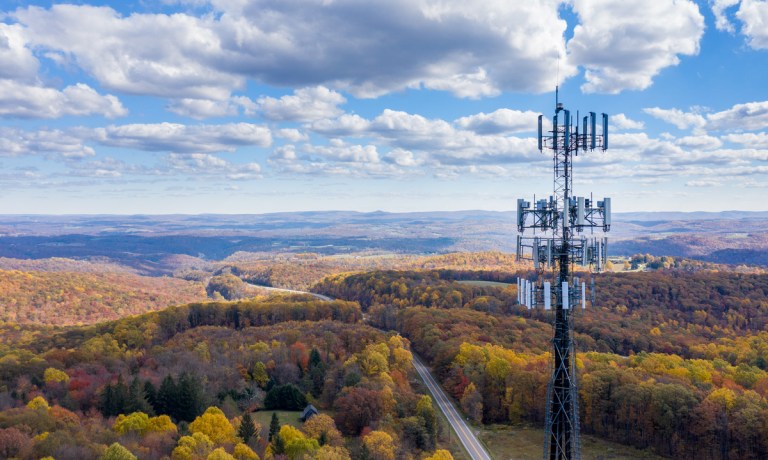
The Federal Communications Commission (FCC) says it wants to make broadband service more affordable.
To that end, the commission last week announced plans to offer $75-per-month subsidies for lower-income households in some “high-cost” parts of the U.S.
The plan, announced last week, is being run through the government’s Affordable Connectivity Program (ACP), as directed by the Infrastructure Investment and Jobs Act (Infrastructure Act).
The order by the FCC “is expected to incentivize providers to participate in the ACP or remain in the ACP in rural and insular areas, further narrowing the digital divide,” the commission said in a news release.
“The high-cost area benefit supports other federal initiatives, including those in the Infrastructure Act, to spur deployment and adoption in rural areas by strengthening the business case for providers to deploy broadband in rural and insular areas.”
The announcement comes a little less than two months after the U.S. Department of the Treasury announced it had already awarded around $6.7 billion for broadband, digital technology and multipurpose community center projects in 42 states.
As reported here at the time, the fund recipients project that their investments in connected infrastructure will let more than 1.88 million businesses, homes and other locations access the internet — helping rural, isolated or economically challenged areas participate in the digital economy.
“Closing the digital divide is crucial for equal opportunity in education and upward economic mobility,” PYMNTS wrote. “The pandemic highlighted the importance of internet connectivity for all Americans, fueling innovation, education and economic growth — underscoring how critical online access is in supporting a sustainable macro landscape for all.”
The billions of dollars from the Treasury are accelerating digital on-ramps where they are most needed. In addition to broadband infrastructure projects, some states, like Kansas, are investing in digital connectivity technology projects that hope to close gaps in digital equity, affordability, and broadband adoption on a broader scale.
“Investing more in digital infrastructure is necessary to achieve a future with growing demand for connection and data consumption,” PYMNTS wrote.
Research from the PYMNTS report “How the World Does Digital: Daily Digital Engagement Hits New Heights,” found that daily digital engagement climbed 6.5% year over year, outpacing weekly and monthly digital engagement growth.
On a global scale, while progress has been made to connect the unconnected, roughly 2.7 billion people still lacked internet access as of last year, Landry Signé of the Brookings Institute wrote in a report excerpted here last month.
“Additionally, 53% of the world lacks access to high-speed broadband,” Signé wrote. “This digital divide poses risks by exacerbating economic, political, and social disparities, hindering inclusion and equality.”